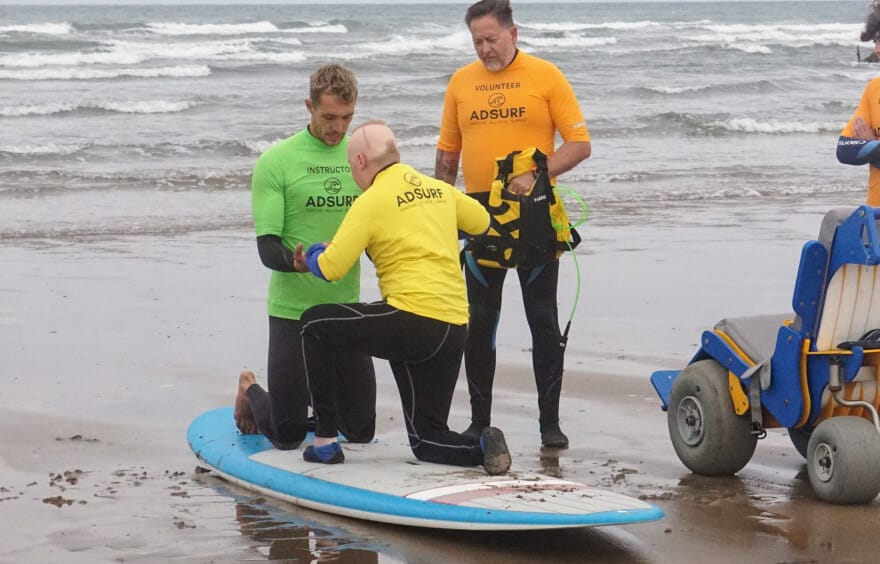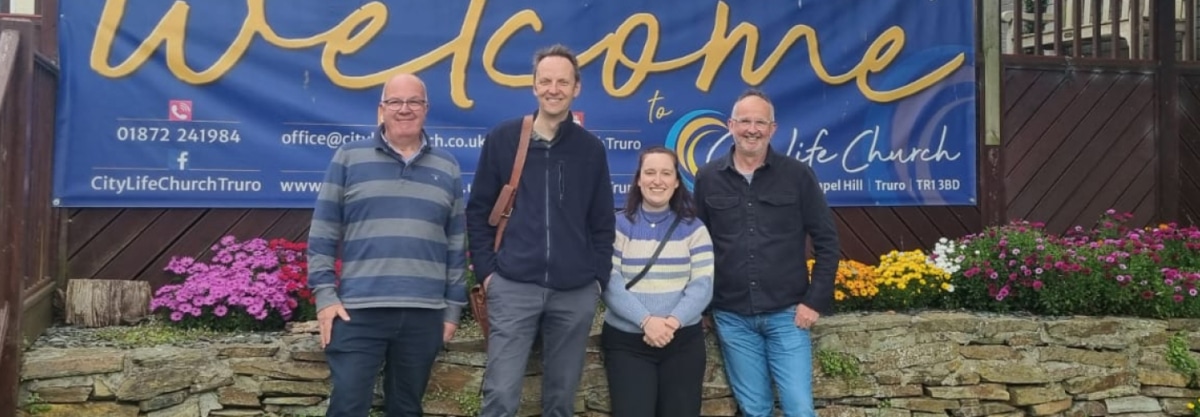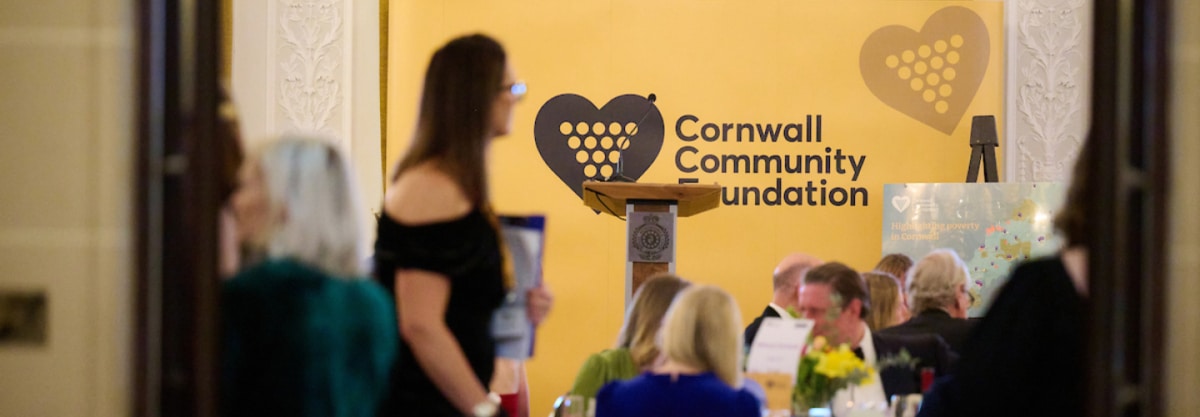Top 10 takeaways and funding tips – 150 Grant support sessions later
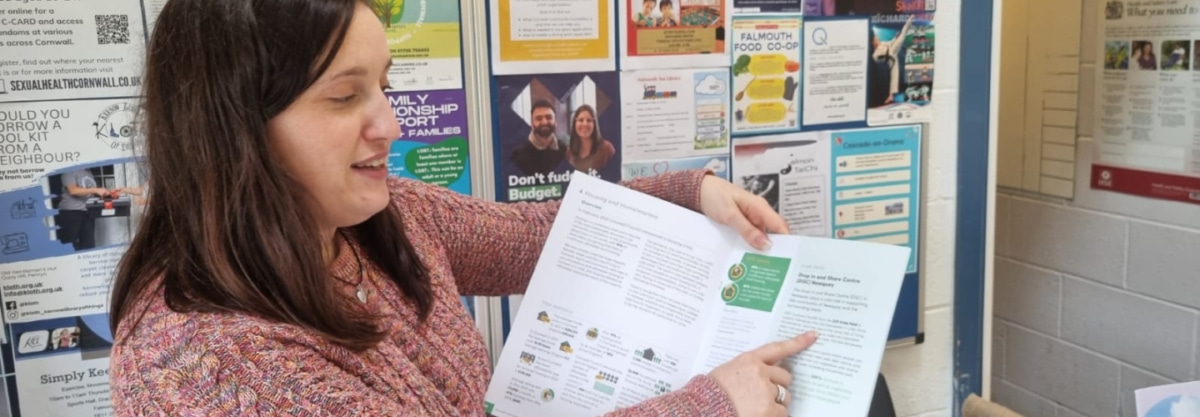
Since starting as the Community Outreach Officer for Cornwall Community Foundation in September, Shannon has worked closely with individuals, charities, and community groups seeking funding to see their work thrive. Now, having hit a milestone of 150 one-to-one grant support sessions, she has guest written this blog to share with us her top 10 takeaways and funding tips:
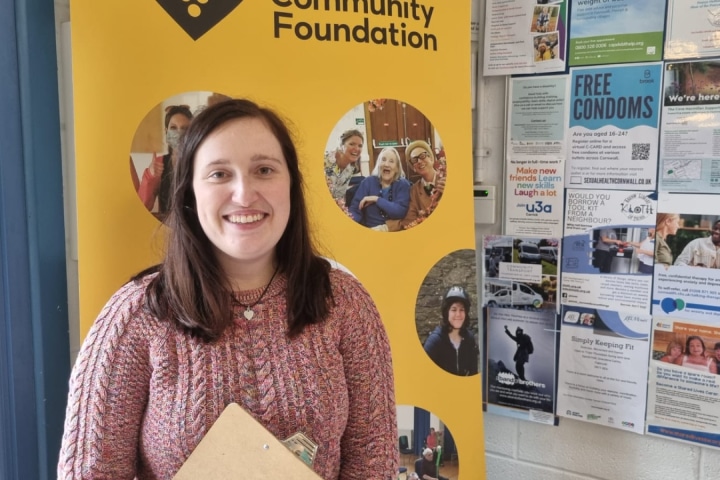
Over the course of 150 one-to-one support sessions, I’ve seen inspiring moments of community-driven determination. I’ve helped applicants refine their ideas, navigate funding criteriaSpecific terms that a project has to meet to be eligible to receive funding. For example, grants in a specific geographic location., and turn uncertainty into confidence. But more than that, I’ve learned invaluable lessons about what makes a successful application—and what the common pitfalls are.
In this blog, I want to share the ten biggest takeaways and funding tips from these sessions. Whether you’re new to grant applications or looking to improve your success rate, these insights will help you approach CCF’s funding with clarity, strategy, and confidence.
1. CCF Manages Over 70 Different Funding Opportunities
CCF offer a wealth of funding opportunities to impactful groups across Cornwall and the Isles of Scilly. Some of these have geographic restrictions, while others have a thematic focus (for example, improving mental health outcomesMeasuring the results of the work your organisation is doing. or supporting people with disabilities). Some have strict deadlines, while others work on a rolling basis, meaning they’re available whenever criteria are met. To stay ahead of the game, you can check out available grants on our website and sign up for our newsletter—we’ll keep you updated on the latest funding opportunities. And you can always reach out to us directly for more information on available funding opportunities.
2. We Are More Than Just Funds
At CCF, we do more than just distribute funding—we’re here to build a thriving network of community organisations. We regularly connect organisations that can share skills, resources, and knowledge. If you need expertise, collaborators, or just another perspective on your project, let us know—we might be able to introduce you to the right people.
3. 100 words: Less is More
Concise applications are great because they encourage clarity, but can sometimes pose a challenge: how do you sum up your project in 100 words? The key is to be direct: focus on impact, what makes your project unique, and how it meets the funding criteria. Every word should serve a purpose—cut the fluff and repetition, but don’t leave out essential project details. And rest assured, we’ll always reach out to you during the assessment process if we have any queries or want to know more.
4. Budget Breakdown is Important
If there’s one section that raises the most questions, it’s the budget. Do double check your figures add up, align with your project plan, and clearly show how the funding will be used. If in doubt, ask someone to review it before submitting.
5. Let Your Documentation Do the Work
Your supporting documents should make your case for you: clear and well-organised documents save time and reduce back-and-forth queries. Think of them as your silent advocate—make them count. See what documentation is required.
6. Safeguarding Policy
All CCF grant applications must have a safeguarding policy, which is in date and clearly notes your designated safeguarding lead. We take safeguarding seriously, and unfortunately your application won’t be considered without a safeguarding policy. Find out more about creating a safeguarding policy.
7. Think About Impact Throughout
Impact shouldn’t just be something you think about at the end of a project—it should be embedded in your planning from the start. What difference do you want to make? This not only strengthens your application but makes completing impact reports much easier down the line. Funders want to see measurable change, so consider how you’ll track success from day one. We also LOVE seeing and sharing your photos at the end of the project, so please do include one or two with your end of grant reportFeeding back on the spending of a grant and the outcomes and impact. if you can!
8. How Do You Fit the Criteria?
It’s tempting to try and force your project to fit a funding opportunity, but this can be a waste of time. Instead, clearly show how your project aligns with the fund’s criteria. Use direct language and solid examples to demonstrate your eligibility—it’ll save you effort and increase your chances of success.
9. The Influence of Speaking Face-to-Face
Emailing is useful, but nothing beats a face-to-face conversation. Attending a drop-in session or booking a one-to-one meeting with myself gives you the chance to ask detailed questions, get real-time feedback, and make sure your application is as strong as possible. Don’t underestimate the value of direct engagement—it can make all the difference. Book a one-to-one session.
10. The Importance of Learning from One Another
Funding goes beyond just financial support—it’s about fostering growth, development, and building stronger communities. That’s why we’re excited to offer new workshops where we can learn and grow together. With opportunities to share insights, learn from experienced community leaders, and develop grant-writing skills, the possibilities for growth are endless. Stay tuned for our next workshop announcement!
If you’re navigating the grant application process, remember that support is always available. Keep an eye on our funding opportunities, reach out with questions, and most importantly, stay confident in the value of your work. We look forward to seeing your projectsA piece of work that delivers an output. thrive!
